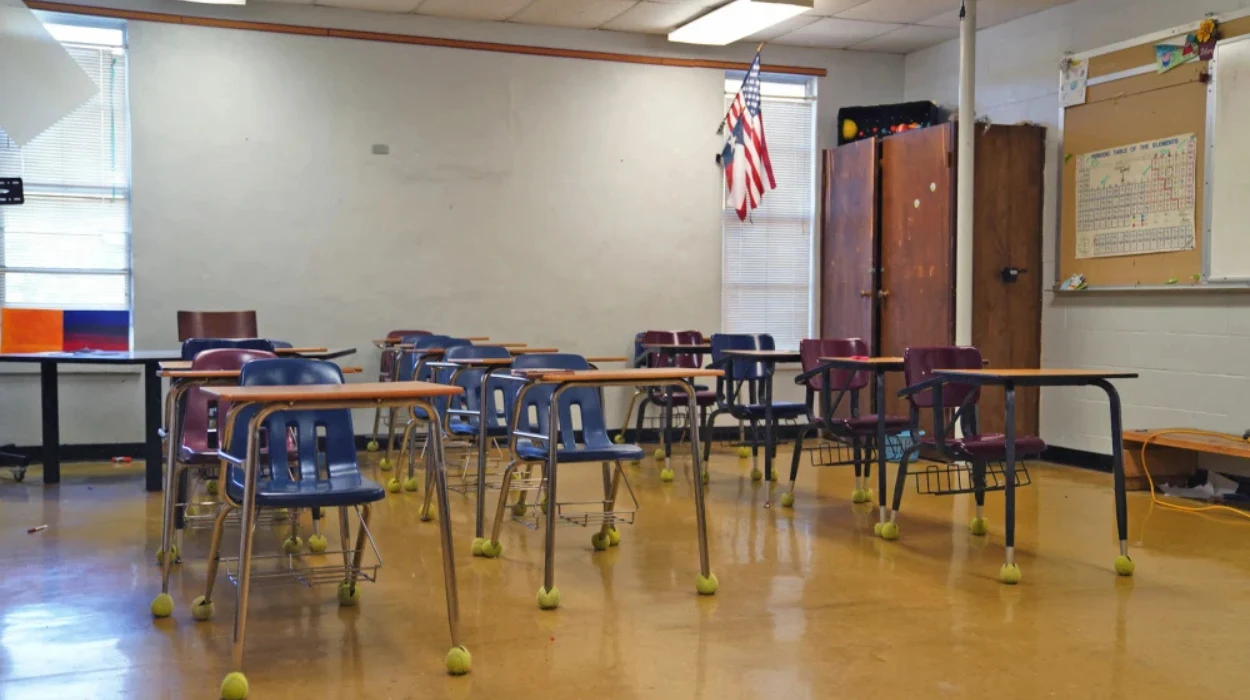US (Transatlantic Today)—Census Bureau data reveals a nearly 4% drop in public school enrollment nationwide from 2012 to 2022, with significant shifts toward private, charter, and homeschooling options. Experts attribute the decline to evolving parental preferences and the rapid expansion of school choice policies.
Key Findings from the Analysis
- Public school enrollment among children aged 5 to 17 dropped from 90.7% in 2012 to 87.0% in 2022.
- States like Kentucky, South Carolina, and Alaska saw some of the steepest declines, ranging from 7% to 8%.
- Enrollment in private and charter schools rose by approximately 2 percentage points each during the same period.
The Role of School Choice Policies
The surge in school choice policies has been a game changer. Programs offering vouchers, tax credits, and other funding mechanisms have made private and alternative schooling more accessible. In 2023 alone, 19 states enacted new school choice laws, including “universal school choice” programs, which remove income restrictions for eligibility.
“Families want the resources they’re entitled to through taxes to follow their child,” said Robert Enlow, CEO of EdChoice, a school choice advocacy group.
Challenges for Public Schools
Public schools are grappling with declining enrollment, budget cuts, and contentious laws on curriculum. States like Florida have introduced policies allowing parents more control over school materials and limiting instruction on topics such as gender identity and race, further influencing enrollment trends.
In Florida, public school enrollment dropped by 7% from 2012 to 2022, even as the state’s school-age population grew by 9%. Andrew Spar, president of the Florida Education Association, stated, “Teachers are micromanaged and vilified, making it harder to do their jobs.”
A Complex Shift in Education
Experts, including UCLA researcher Abbie Cohen, link the enrollment decline to mistrust in public education fueled by funding cuts and controversial policies.
“The students most marginalized in society are bearing the brunt,” Cohen said.
The decline raises questions about the future of public schools, especially in states with historically low per-pupil spending. With shrinking budgets and increasing closures, the path forward remains uncertain.
As the landscape of education continues to evolve, public schools face mounting challenges in competing with expanding alternatives while addressing societal mistrust and financial struggles.


























